Greta Anderson
National Geographic
23 September - 22 October 2016
Greta Anderson’s exhibition, National Geographic, at Two Rooms features a markedly diverse selection of subjects ranging from a rugged amethyst crystal, to a rushing cascade of water, to a serpentine goose head, and even the back of a woman’s head that sports two luminously-blonde French braids. Unification is provided through technique, with all works showing their subjects looming out from an inky, velveteen black ground. This distinctive visual aspect is the result of using a ‘day for night’ technique. The term derives from Francois Truffaut’s (1932-1984) eponymous 1973 film, Day for Night, which is famous for the number of scenes filmed outdoors in daylight using film stock balanced for tungsten light and underexposed to appear as though filmed at night. In Anderson’s work, this technique has the effect isolating the thing of interest from the context. Anderson separates points of interest from the editorial pages of National Geographic’s anthropology and sociology editorials, adding a pronounced element of the mysterious and the dangerous, which neatly tempers the beguiling beauty and poeticism of her use of strong light and sharp framing. An additional level of unity is seen in the pronounced sense of stillness that blankets the entire suite of images. With little to no perceptible movement, activity, or interaction within or across the works, Anderson conjurers up fresh ethnographic and zoological encounters.
There is something inherently cinematic about Anderson’s approach to photography, which is appropriately underscored in the exhibition through the inclusion of one of her short filmic pieces from 2014. Like her photos, this too has a contemplative elegance, as the camera moves slowly in-and-out and across a set of photographs, stitching them into a seamless landscape. Further animation is provided to this tranquil and motionless world by way of spoken tales of uncomfortable, awkward conversations, failed dates, and disappearing acts, together with diegetic sound and a background score.
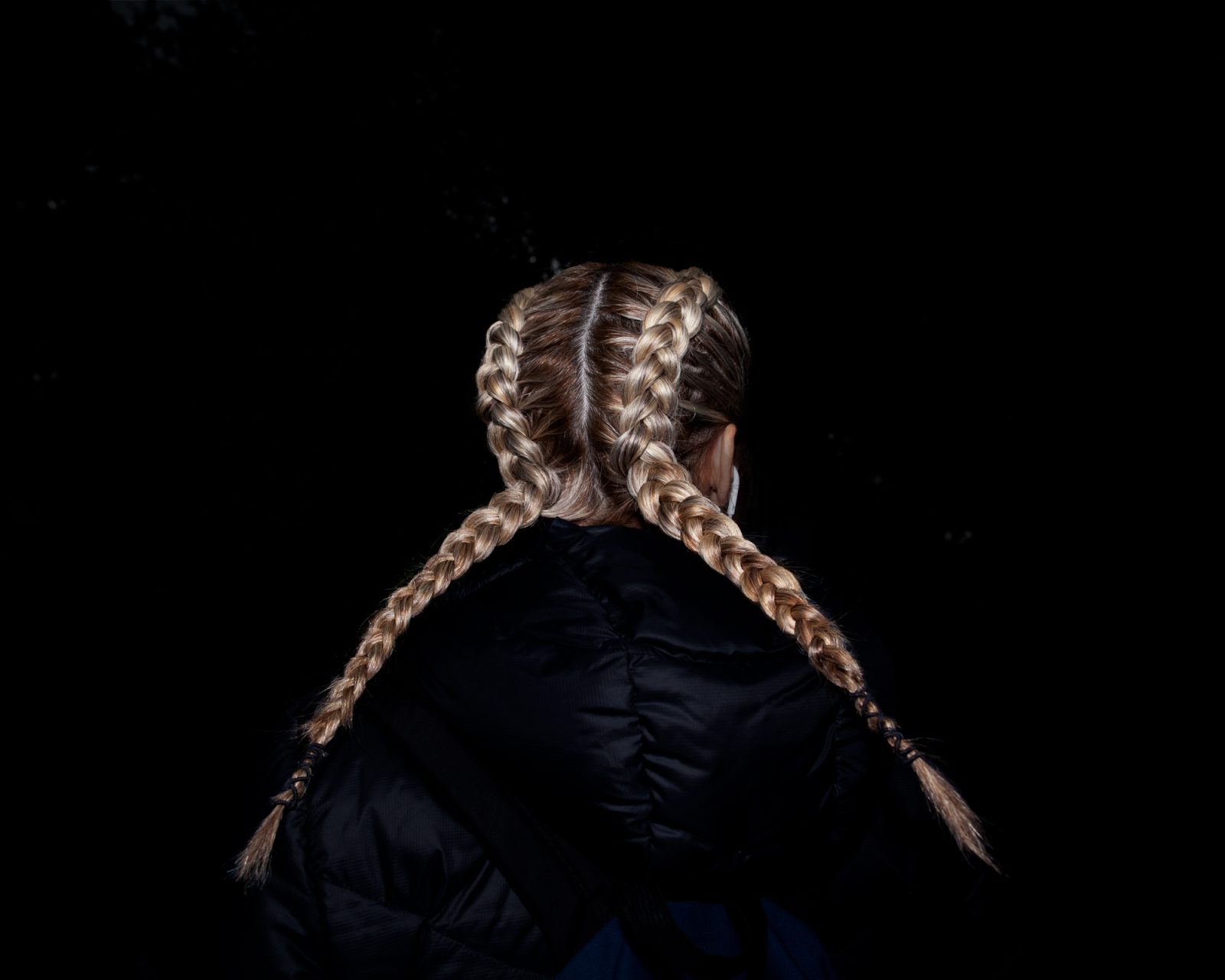
pigment print
850 x 1050 mm

pigment print
850 x 1050 mm
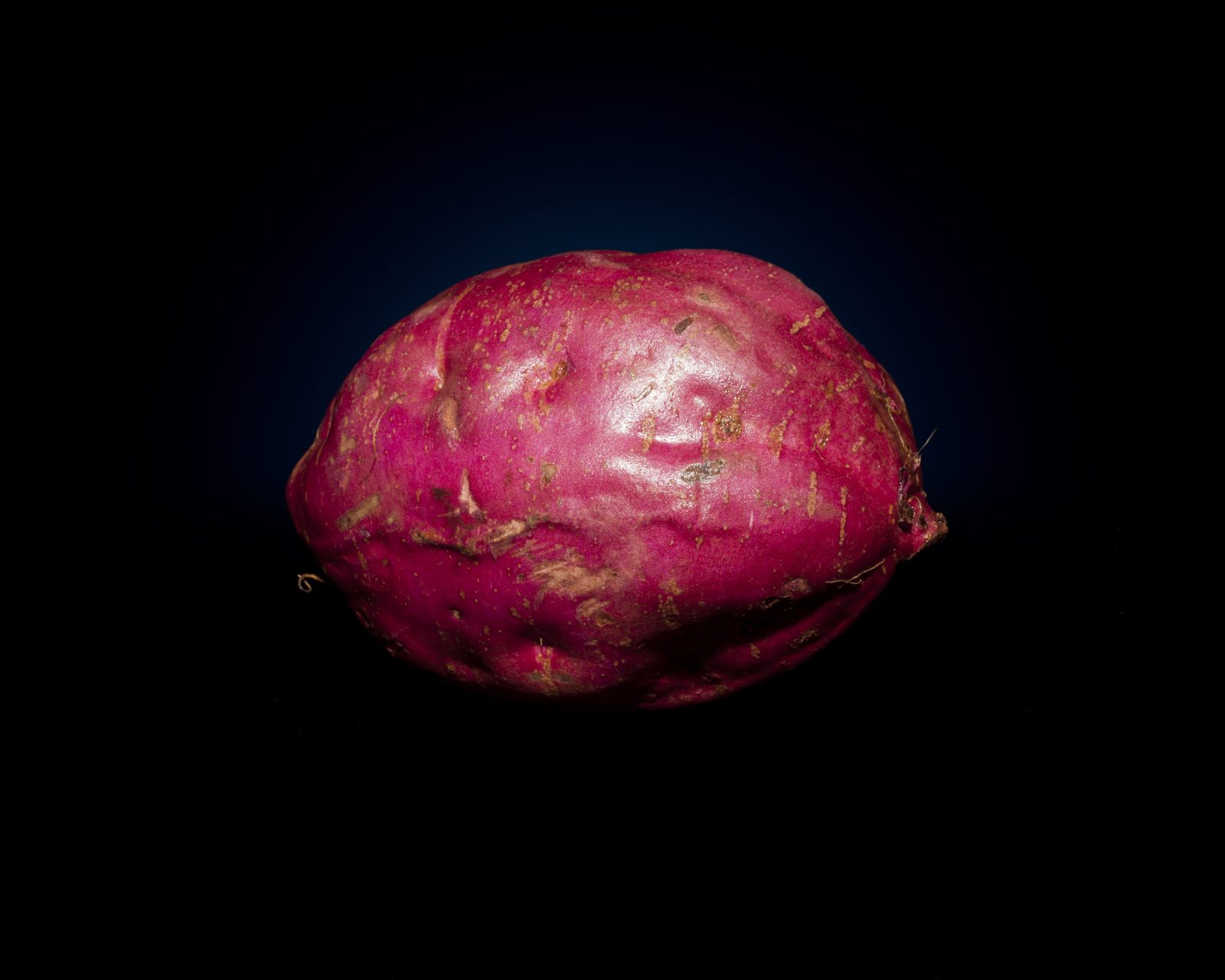
pigment print
850 x 1050 mm
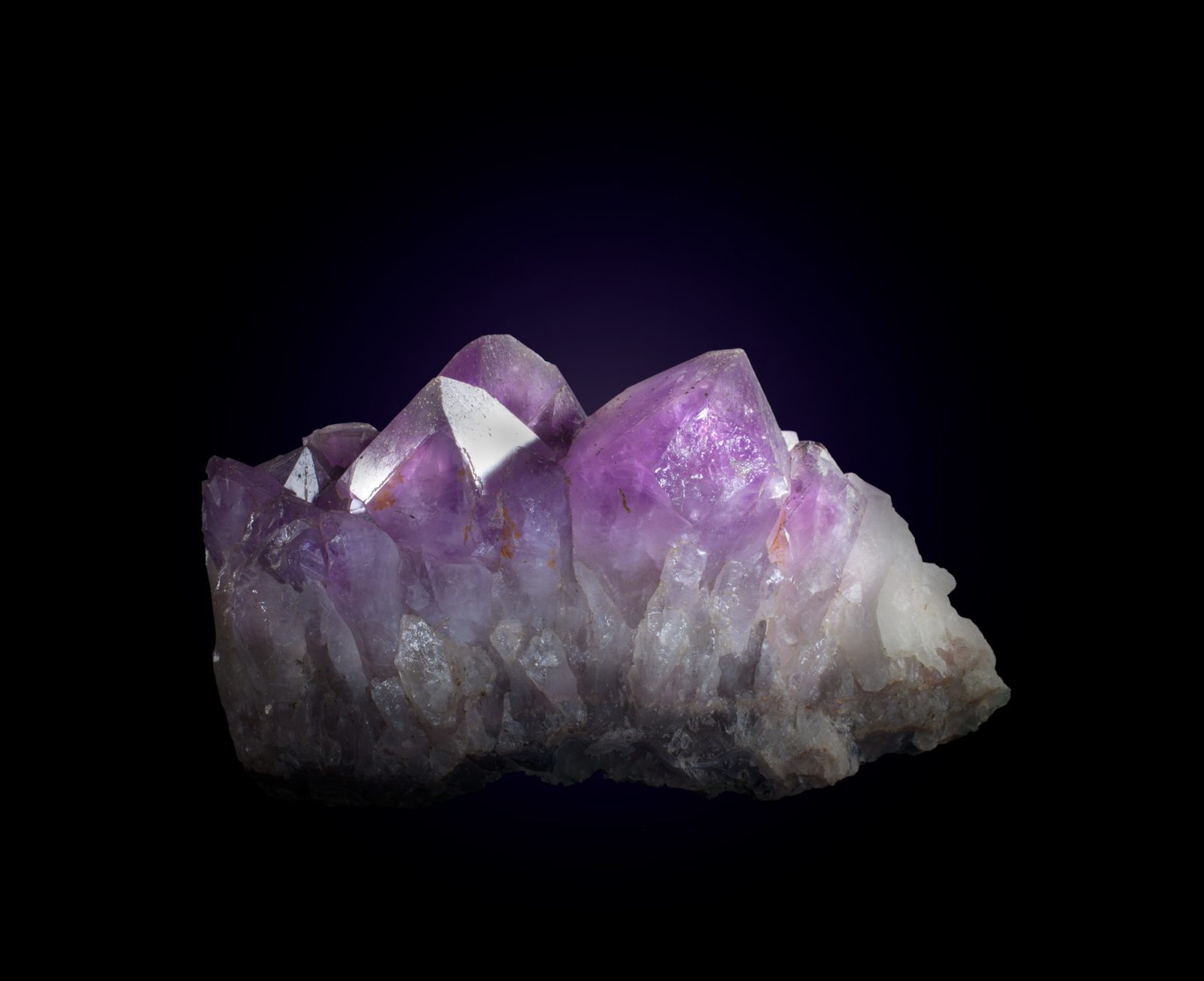
pigment print
850 x 1050 mm
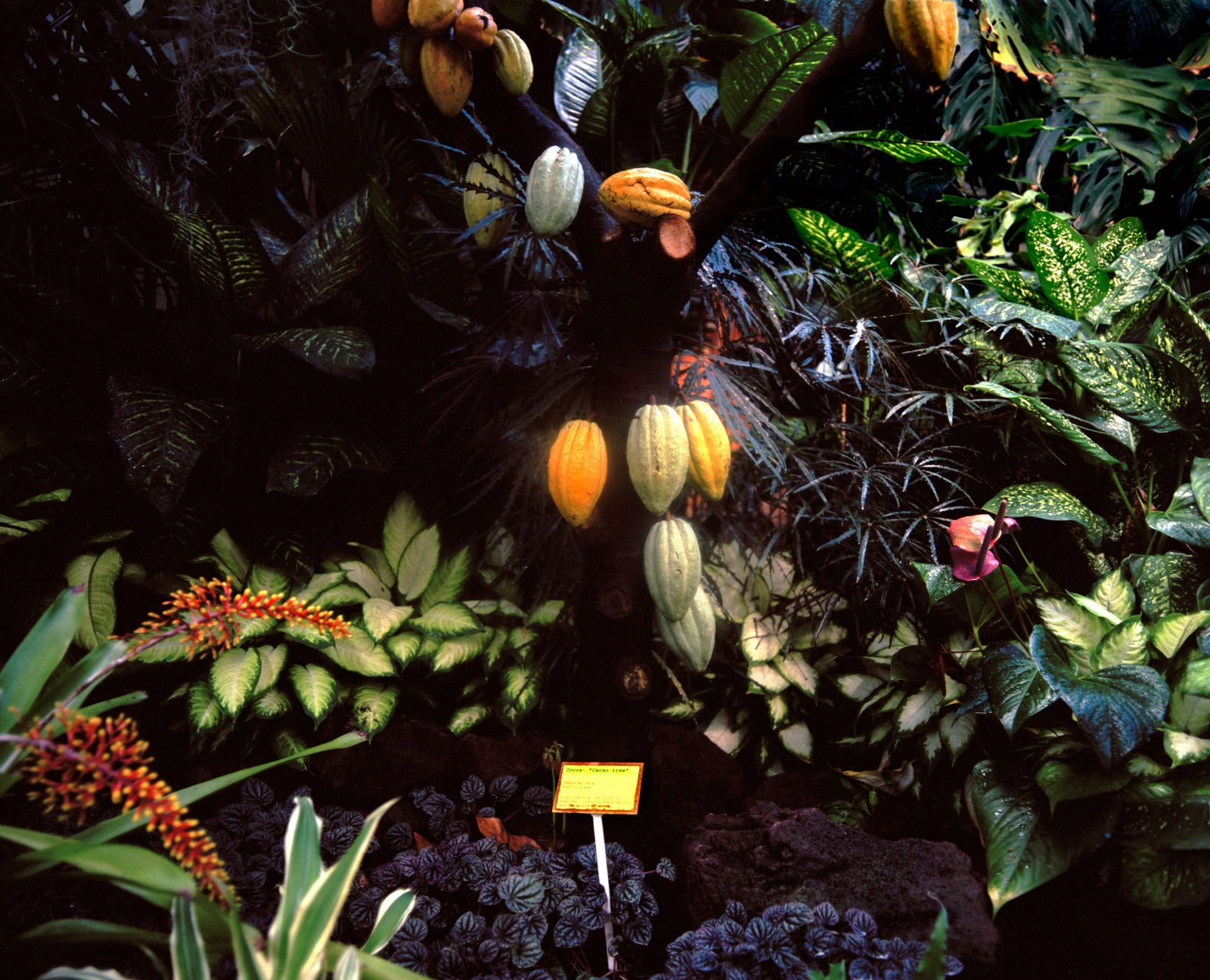
pigment print
1020 x 1260 mm
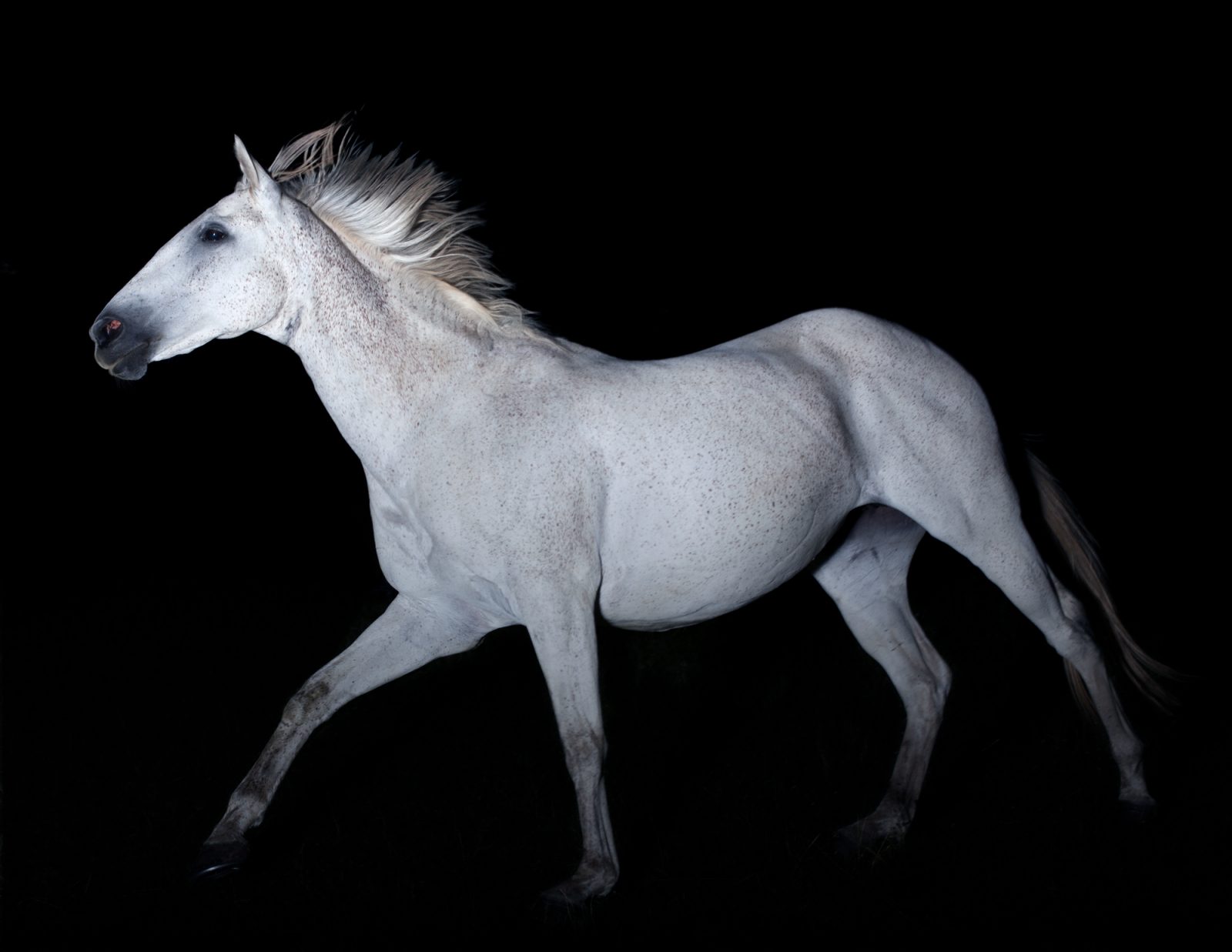
pigment print
850 x 1050 mm
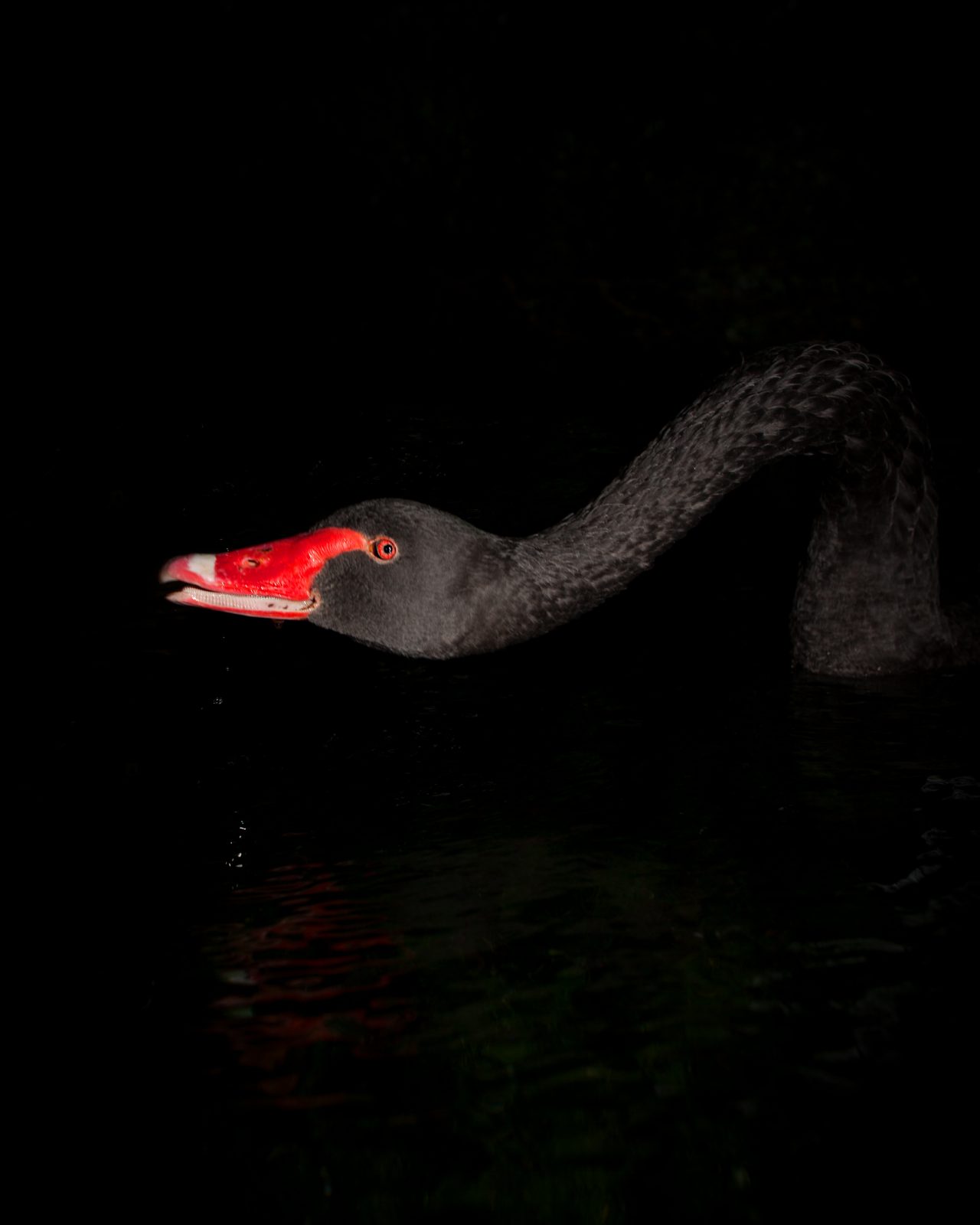
pigment print
850 x 690 mm